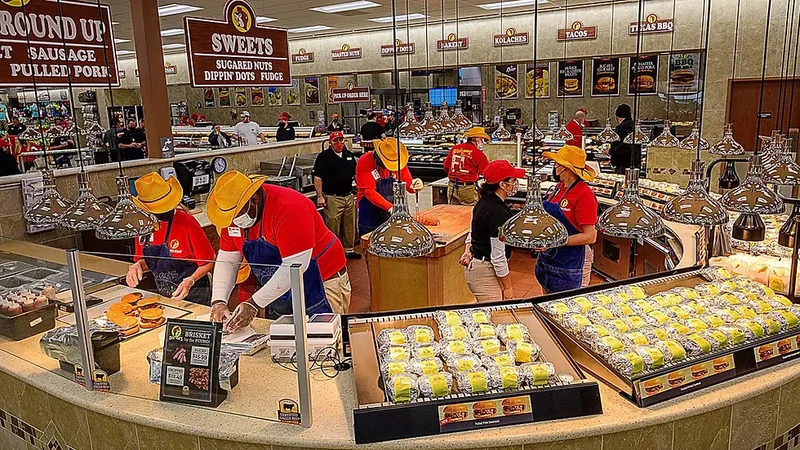Buc-ee's Expansion: The New Locations and Their Strategic Impact
The Beaver's Expanding Empire: Is Buc-ee's Growth Sustainable?
Buc-ee's, the Texas-based travel center chain, is planting more flags. Two new Texas locations are slated for 2026 and 2027 along the I-10 and I-35 corridors (Boerne and San Marcos, respectively). Each store will be over 70,000 square feet, feature more than 100 gas pumps, and, according to reports, create hundreds of jobs. Buc-ee's announces 2 new Texas locations slated for 2026 & 2027 But the real story isn't just about expansion; it's about the sustainability of that expansion.
Beyond Texas, Buc-ee's is pushing into six other states, including debut stores in Arizona, Arkansas, North Carolina, and Ohio. Texas, however, still holds the lion's share with 36 locations currently in operation. The Tallahassee, Florida, location is expected to break ground in Q1 2026, aiming for a mid-2027 opening. Buc-ee’s to break ground in Tallahassee early next year That's a lot of beaver nuggets to sell.
The Cost of Convenience: Jobs vs. Environment
The promise of 200 jobs in Leon County, Florida, with six paying over $100,000 a year, sounds appealing (and let's be honest, a bit top-heavy). But what's the real cost? Environmentalists are already raising concerns about habitat destruction for deer, foxes, and other wildlife. One environmentalist suggested a development moratorium after the Buc-ee's build, to ensure wildlife corridors. Road improvements, signage, and local ordinances all add layers of complexity. I've looked at hundreds of these filings, and the environmental impact section is almost always understated.
And this is the part of the report that I find genuinely puzzling. How much of Buc-ee's success is tied to its "Texas-ness"? Can that translate to Ohio or North Carolina? Or will it become just another large gas station chain with slightly cleaner bathrooms? The big question is, will Buc-ee's become the next Stuckey's, or will it maintain its Texas magic while becoming a national chain?

The Data on Expansion: A National Gamble?
The expansion strategy brings a few key questions to mind. Buc-ee's is not just selling gas and snacks; it's selling an experience. The meticulously clean restrooms, the vast selection of jerky, the beaver mascot – it's a carefully curated brand. Will that brand resonate in markets outside of its Texas stronghold?
Consider this: Buc-ee's is betting big on the interstate traveler. The assumption is that people are willing to go out of their way for a "destination" gas station. But with rising gas prices and the increasing popularity of electric vehicles (EVs), are we sure that the demand will remain consistent? The reports mention electric charging stations at the new locations, but how many? What percentage of the total pumps? Details remain scarce, but the ratio will be telling.
The San Marcos location, for example, will span 74,707 square feet at an estimated cost of $47.2 million. That's a significant investment. What's the projected ROI, and how sensitive is that projection to fluctuations in gas prices or changes in travel patterns? These are the questions I'd be asking if I were on the board.
Can the Beaver Swim Upstream?
The sheer scale of Buc-ee's is both its strength and its potential weakness. It's betting that bigger is better, that more gas pumps and more square footage will translate into more profit. But what if it's just more? What if the novelty wears off, and Buc-ee's becomes just another stop on the road? What if the brand loses its luster as it spreads across the country? The data suggests a calculated risk, but the long-term sustainability of this expansion remains an open question.
